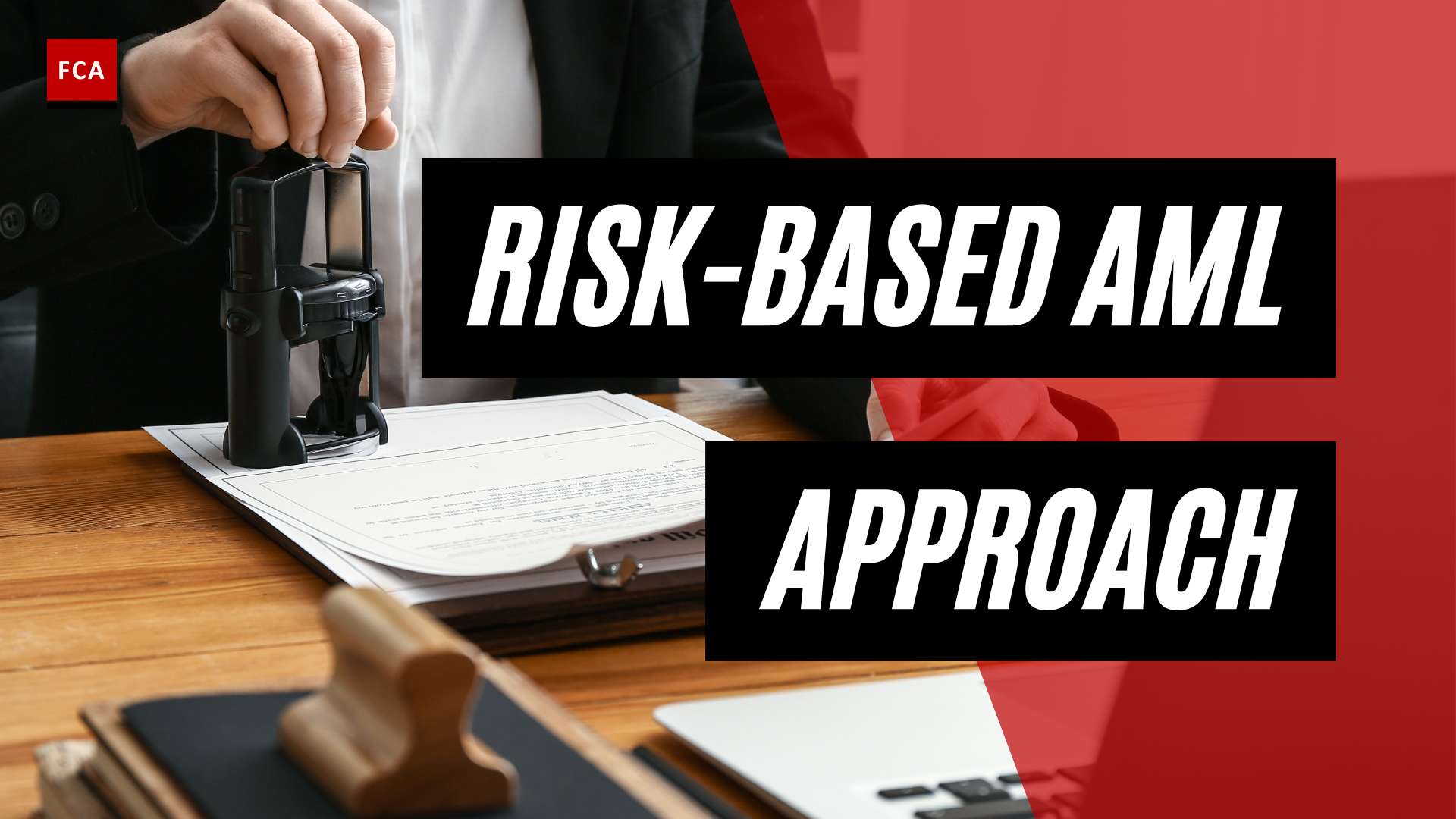Importance of AML Training
Anti-Money Laundering (AML) training is an essential aspect of compliance and risk management in financial institutions. Its importance stems from its role in preventing illicit activities such as money laundering and terrorist financing. Understanding its relevance and the roles and responsibilities associated with it is crucial for assessing AML training effectiveness.
Relevance of Training in AML Compliance
AML training is crucial for the employees within financial institutions, with specific employees taking on more responsibilities for the AML compliance program (Flagright). Tailoring the AML training program to the specific roles and responsibilities of each employee is crucial. Front-line employees should receive training on recognizing red flags while employees in compliance or risk management roles may require more advanced training on regulatory requirements.
Furthermore, AML regulations and best practices are constantly evolving. Providing ongoing education and updates through regular training sessions, newsletters, or online resources helps employees stay current with the latest AML requirements, thus mitigating the risk of non-compliance (FasterCapital).
Roles and Responsibilities in AML Training
In the context of AML compliance, different employees have different roles and responsibilities. For instance, front-line employees should be proficient in recognizing potential red flags of suspicious activities. On the other hand, employees in risk management or compliance roles require advanced knowledge of AML regulations and the ability to assess the effectiveness of AML programs.
Benchmarking AML training programs against industry best practices and collaborating with other firms through industry forums, conferences, or working groups dedicated to AML can provide valuable opportunities to learn from peers and enhance AML training programs.
Furthermore, many regulatory agencies, including the Financial Industry Regulatory Authority (FINRA) and the Financial Crimes Enforcement Network (FinCEN), mandate annual AML training for employees in financial institutions to prevent money laundering and terrorist financing activities.
Understanding the relevance of AML training and the associated roles and responsibilities is the first step towards assessing AML training effectiveness. The subsequent sections will delve deeper into the evaluation metrics and methods used for AML training performance assessment.
Evaluating AML Training Effectiveness
Assessing the effectiveness of Anti-Money Laundering (AML) training plays a vital role in ensuring that employees are equipped with the knowledge and skills needed to prevent and detect money laundering activities. This evaluation process utilizes statistical data and user engagement metrics to measure the impact of the training program.
Using Statistical Data for Assessment
Statistical data provides a quantitative assessment of the effectiveness of AML training programs. This can be collected through various methods, such as surveys, quizzes, or simulated scenarios. For instance, tracking the number of suspicious activity reports (SARs) filed by employees can provide insights into their understanding and application of the training content.
Data on how users interact with the training content can also be analyzed to evaluate the training program’s effectiveness. This information, collected and reported anonymously, helps to identify areas of the training program that may require improvement.
For example, the results of a post-training survey or quiz can reveal areas where participants may have struggled, thus indicating sections of the training that may need to be enhanced or clarified. For more detailed information on statistical evaluation of AML training, refer to our guide on aml training evaluation metrics.
Leveraging User Engagement Metrics
User engagement metrics offer a qualitative perspective on assessing AML training effectiveness. Understanding the level of engagement and interaction of users with the AML training material is crucial for assessing the impact and effectiveness of the training program.
Engagement metrics can be obtained through various means, such as tracking the time spent on each training module or examining the completion rates of the training sessions. High engagement levels often indicate that the training materials are relevant and valuable to the users.
Moreover, marketing cookies can provide insights into the relevance of AML training materials for individual users, allowing for tailored content that enhances user engagement. These insights can be used to improve the quality and impact of the training program.
Regularly reviewing and analyzing these engagement metrics can provide a comprehensive understanding of the training program’s effectiveness and identify areas for improvement. For more detailed information on leveraging user engagement metrics in AML training, refer to our guide on evaluating aml training outcomes.
Enhancing AML Training Programs
An integral part of assessing AML (Anti-Money Laundering) training effectiveness is identifying areas of improvement. Efforts to enhance AML training programs should focus on personalizing training to specific roles and increasing engagement through interactive training methods.
Tailoring Training to Roles
AML training programs should be tailored to the specific roles and responsibilities of each employee (FasterCapital). Front-line employees, for instance, should receive training on recognizing red flags. Employees in compliance or risk management roles may require more advanced training on regulatory requirements.
Personalized training ensures that each employee has the necessary skills and knowledge to perform their role effectively in the context of AML compliance. By understanding the unique needs of each role, training can be optimized to deliver the most relevant and impactful information.
Ongoing education is also key, given the ever-evolving nature of AML regulations and best practices. Providing continuous updates and education through regular training sessions, newsletters, or online resources helps employees stay current with the latest AML requirements, thus mitigating the risk of non-compliance.
Incorporating Interactive Training Methods
Another crucial aspect of enhancing AML training programs is the incorporation of interactive training methods (FasterCapital). This can include case studies, role-playing exercises, or online simulations. These interactive elements encourage active learning and can enhance employees’ understanding of complex AML concepts.
For instance, simulated scenarios that require employees to make decisions on handling suspicious transactions provide practical experience in identifying and reporting potential money laundering activities. This hands-on approach not only enhances engagement but also reinforces learning by applying theoretical concepts to real-world situations.
Moreover, assessment methods such as quizzes, case studies, and simulations can be utilized to enhance the effectiveness of AML training. These methods test the knowledge and skills of employees, providing a measure of how well they can identify and report suspicious activities.
Lastly, benchmarking AML training programs against industry best practices and collaborating with other firms can provide valuable opportunities to learn from peers and enhance AML training programs.
By tailoring training to roles and incorporating interactive methods, AML training programs can be enhanced, contributing to the overall success of an organization’s AML compliance efforts. For more information on assessing AML training effectiveness, you may want to read our articles on AML training evaluation metrics and AML training performance assessment.
Regulatory Expectations for AML Training
Regulatory bodies have set clear expectations for Anti-Money Laundering (AML) training in financial institutions. Understanding these expectations can aid in assessing AML training effectiveness and ensuring compliance.
FINRA and FinCEN Requirements
The Financial Industry Regulatory Authority (FINRA) and the Financial Crimes Enforcement Network (FinCEN) are among the key regulatory bodies that have established specific requirements for AML training. FINRA provides various online portals and tools for different users such as the public, industry professionals, member firms, and case participants to access data, fulfill continuing education requirements, view compliance records, manage filings, and submit documents.
In addition to annual AML training requirements, these agencies emphasize the importance of tailoring the AML training program to the specific roles and responsibilities of each employee. Front-line employees should receive training on recognizing red flags, while employees in compliance or risk management roles may require more advanced training on regulatory requirements (FasterCapital).
Frequency and Content of Training
Many regulatory agencies, including FINRA and FinCEN, require annual AML training for employees in financial institutions to prevent money laundering and terrorist financing activities. However, it is recommended that AML training should not be a one-time event but should be ongoing and periodically refreshed to keep employees informed about the latest money laundering trends and regulatory updates (Great Chatwell Academy).
The content of the training should be relevant and applicable to the employees’ daily tasks. Regular assessments of AML training effectiveness are crucial for broker-dealers to identify gaps in the program, which can be achieved through methods such as surveys, quizzes, or simulated scenarios. Tracking the number of suspicious activity reports (SARs) filed by employees can also provide insights into the effectiveness of the training.
Continuous education on AML regulations and best practices is crucial as they are constantly evolving. Providing ongoing education and updates through regular training sessions, newsletters, or online resources helps employees stay current with the latest AML requirements, thus mitigating the risk of non-compliance.
By meeting these regulatory expectations, financial institutions can ensure they are effectively training their employees in AML measures, helping to prevent money laundering and terrorist financing activities. To further enhance the effectiveness of AML training programs, consider incorporating interactive training methods and conducting regular AML training effectiveness analysis.
Case Management in AML Compliance
One of the critical aspects of anti-money laundering (AML) compliance is case management. It plays a significant role in monitoring, detecting, investigating, and reporting suspicious customer behavior and connected third-party activities related to possible illegal acts.
Role of AML Case Management
AML case management is a core responsibility of financial services companies. It includes implementing Know Your Customer (KYC) rules, conducting suspicious transaction investigations, and regulatory reporting to FinCEN and international regulators in over 50 countries. Effective AML case management is crucial to prevent hefty fines, reputational harm, and criminal cases due to non-compliance with AML laws. Non-compliance can cost financial institutions millions of dollars in fines assessed by regulators like FinCEN.
A highly effective AML case management system should streamline and automate workflows, issue SAR reports when required, leave an audit trail, and allow tracking and analysis of compliance results and KPIs using integrated software systems. This efficiency ultimately helps in reducing operating costs.
Key Performance Indicators in AML
With the growing importance of AML training in the financial sector, measuring its effectiveness has become a pivotal aspect of AML compliance programs. Key Performance Indicators (KPIs) in AML include metrics related to AML results, efficiency measurements, costs, and impacts on good customer retention. These KPIs help measure the effectiveness of case management and transaction monitoring systems.
Regular assessments of AML training effectiveness are crucial for broker-dealers to identify gaps in the program. This assessment can be achieved through methods such as surveys, quizzes, or simulated scenarios. Tracking the number of suspicious activity reports (SARs) filed by employees can also provide insights into the effectiveness of the training.
In conclusion, AML Case Management plays a crucial role in ensuring compliance with AML regulations, and Key Performance Indicators serve as an essential tool in assessing AML training effectiveness. By keeping a close eye on these indicators, companies can continuously improve their AML practices and stay ahead of regulatory requirements. For more on this, check out our article on AML training evaluation metrics.
Trends in AML Enforcement
In the constantly evolving landscape of Anti-Money Laundering (AML) regulation and enforcement, understanding the current trends is crucial for assessing the effectiveness of AML training. This section will delve into the focus areas of AML regulation and how the enforcement impacts various industries.
Focus Areas of AML Regulation
In 2023, the U.S. government relied increasingly on AML statutes to monitor a broad spectrum of behaviors. These regulations fell into two primary categories: statutes prohibiting specific actions (e.g., engaging in a financial transaction to conceal illegal activity), and statutes mandating businesses to identify and report suspicious financial activities (e.g., the Bank Secrecy Act).
The Biden administration prioritized investigations and prosecutions in areas related to national security, particularly those implicating AML and sanctions. This emphasis reflects the increasing importance of AML compliance in maintaining national security.
Furthermore, the Corporate Transparency Act was another key focus area in the AML space, indicating the U.S. enforcers’ emphasis on these critical areas. Understanding these focus areas is essential for measuring AML training impact and assessing AML training effectiveness.
Impact of AML Enforcement on Industries
AML enforcement has a wide-reaching impact, affecting various industries beyond its traditional realm. In 2023, Department of Justice (DOJ) officials often referred to sanctions as “the new FCPA,” highlighting the complex area’s influence on a wide range of industries. This development is part of a growingly multilateral enforcement regime, with voluntary self-disclosure incentives also playing a role.
The increasing emphasis on AML regulation and enforcement underscores the need for effective AML training across all industries. This trend highlights the importance of AML training effectiveness analysis and AML compliance training assessment as part of a comprehensive approach to AML compliance.
The changing trends in AML enforcement also serve as a reminder for organizations to keep their AML training programs up-to-date and relevant, using AML training evaluation metrics to ensure that their training initiatives are effective in preparing their personnel to meet the demands of an evolving regulatory landscape.








